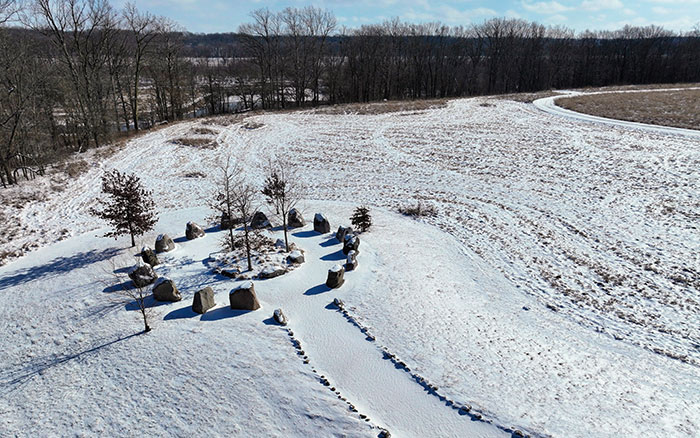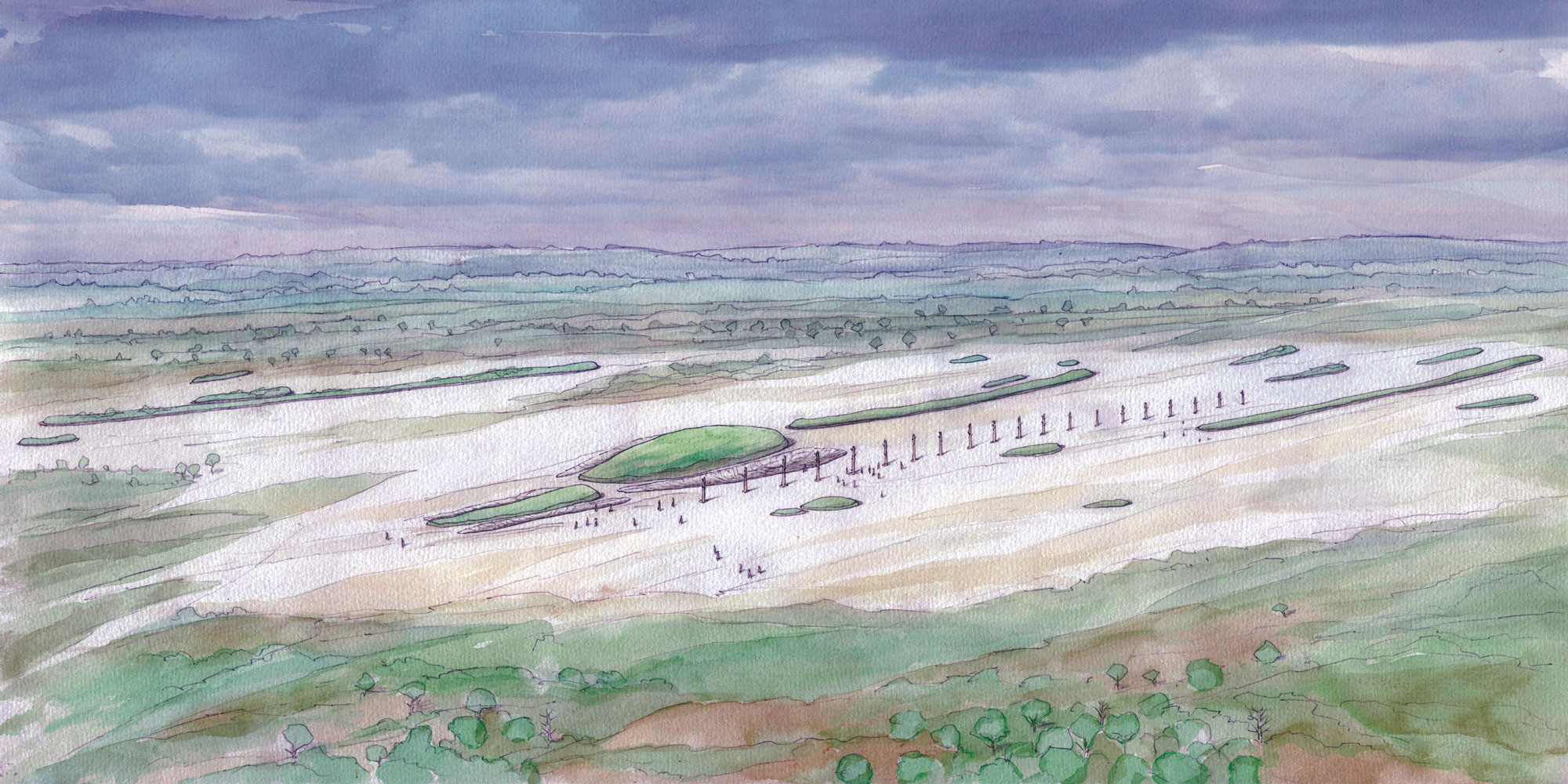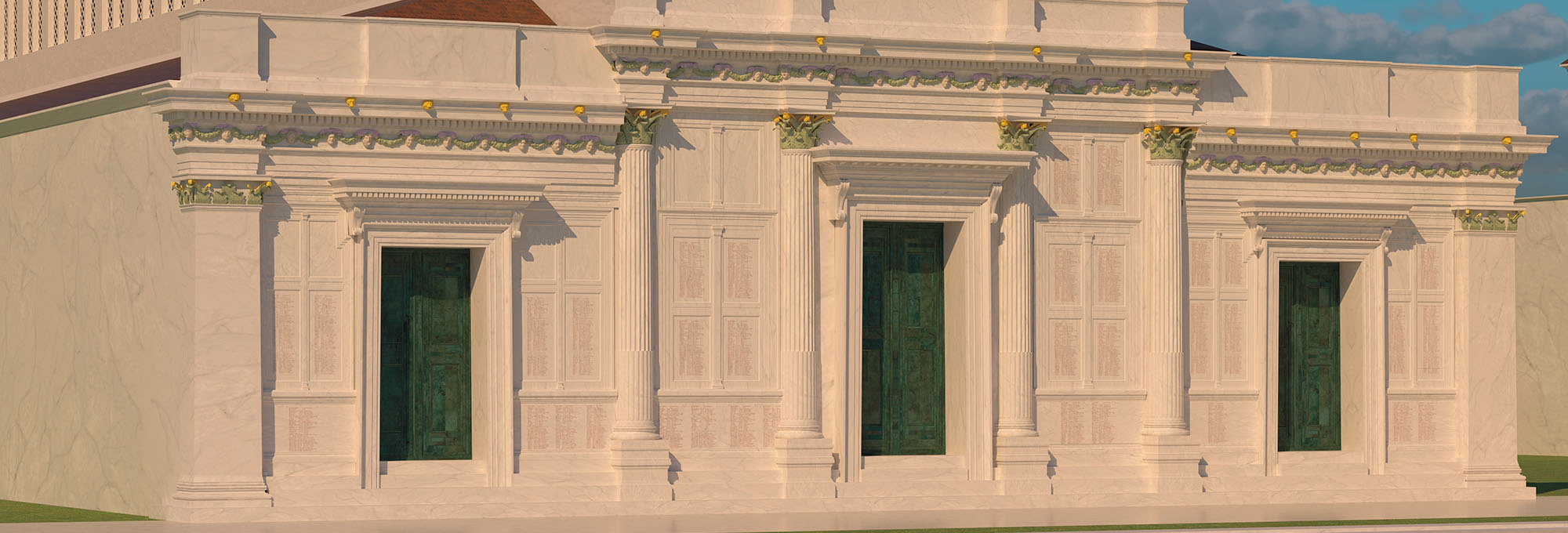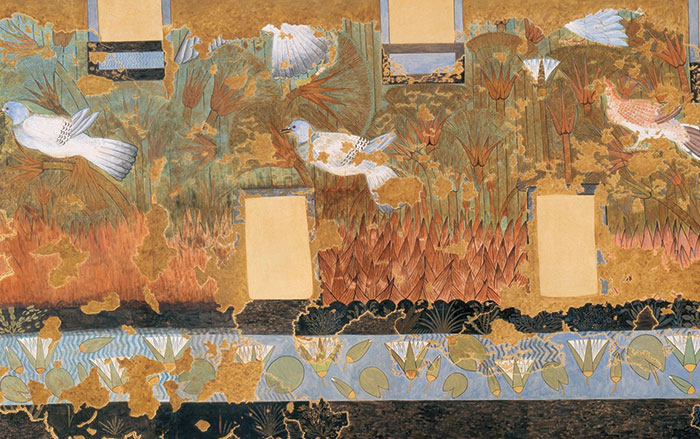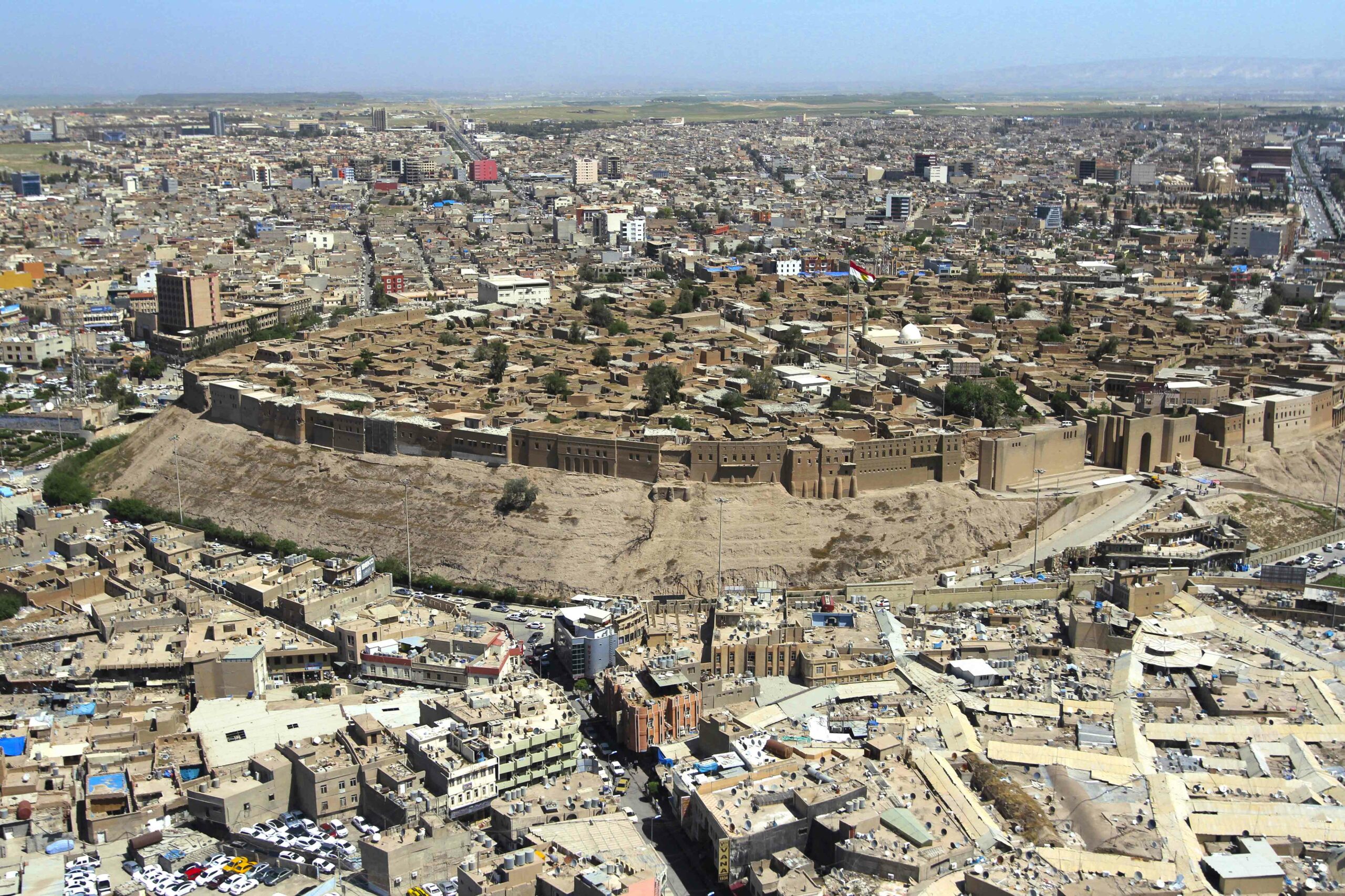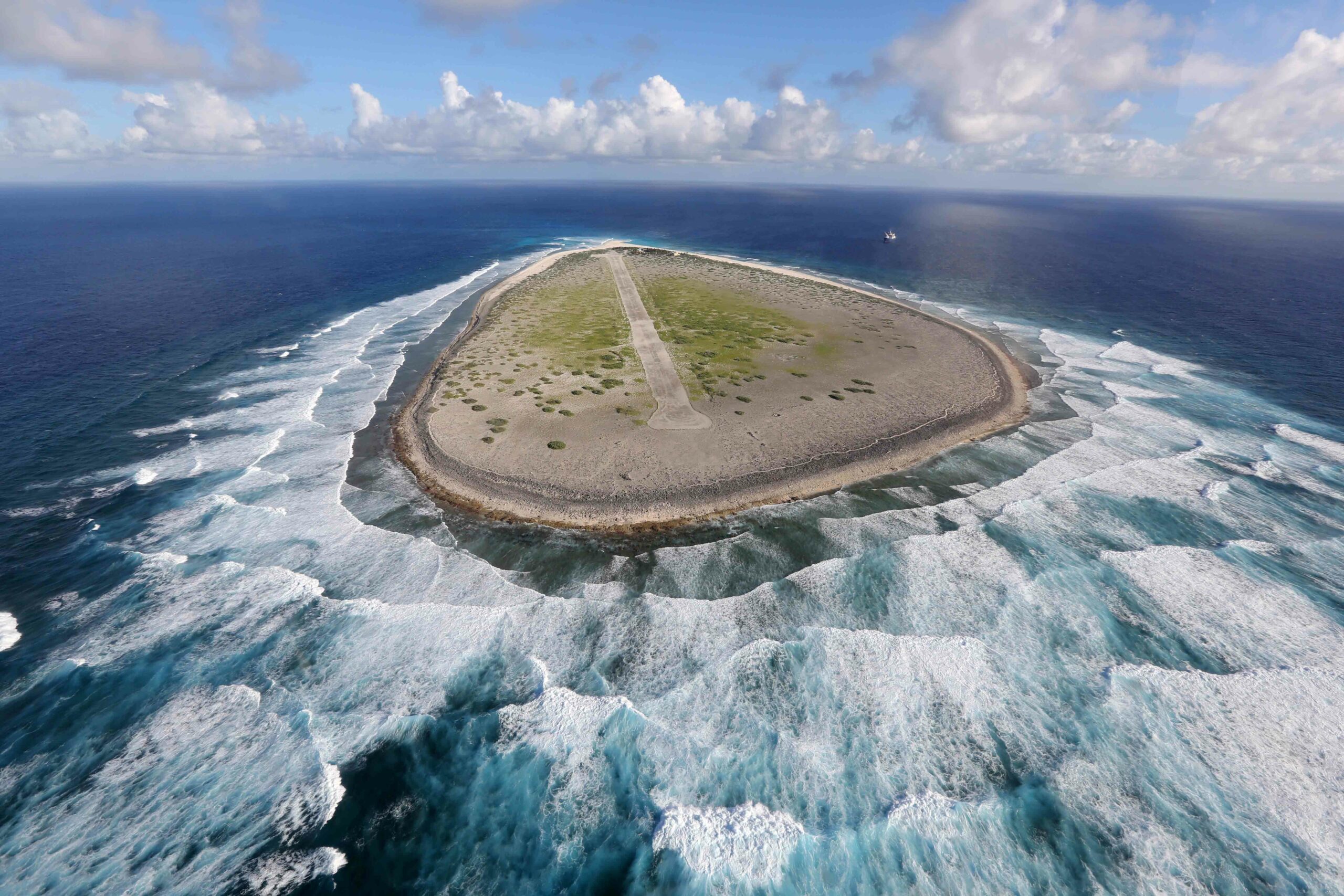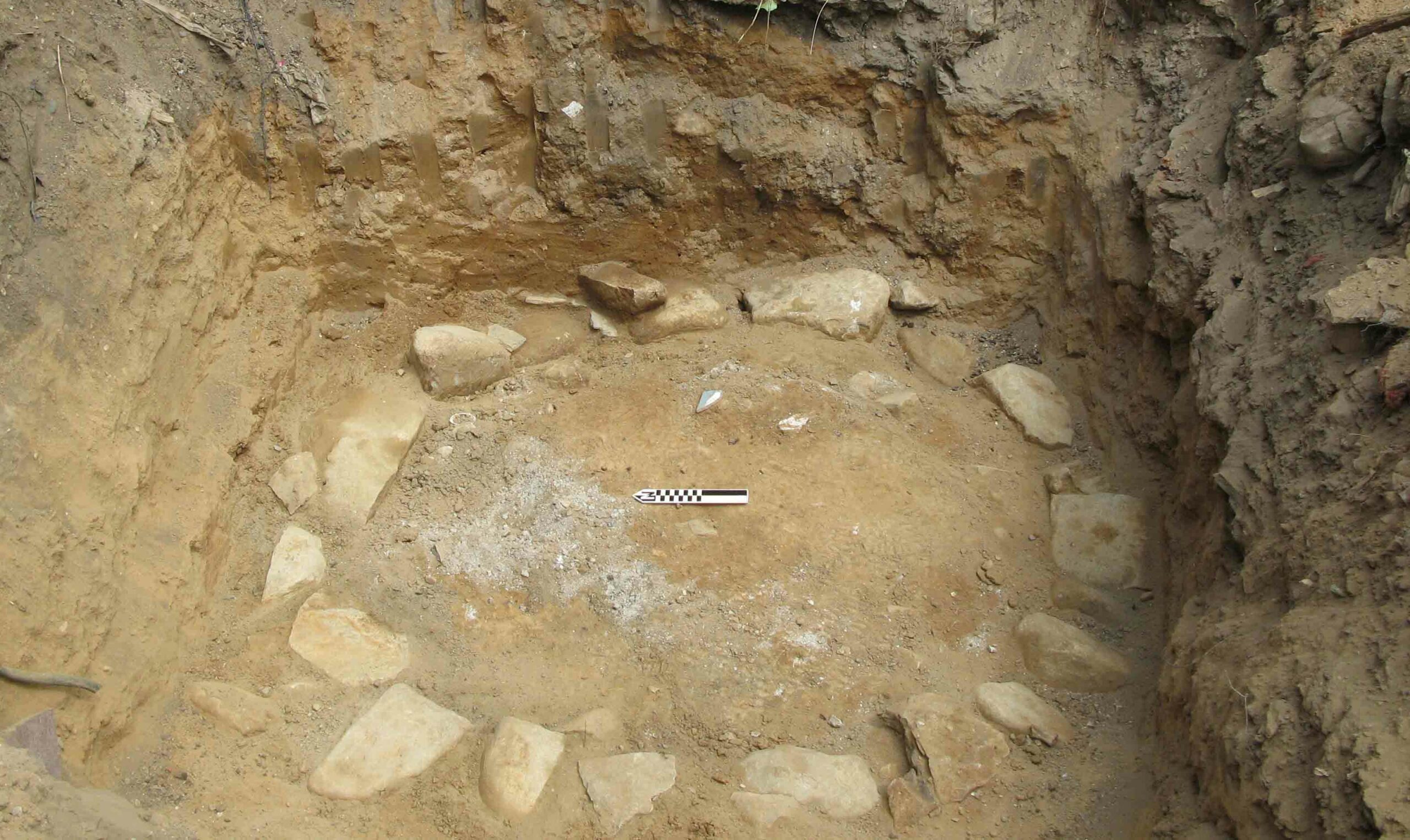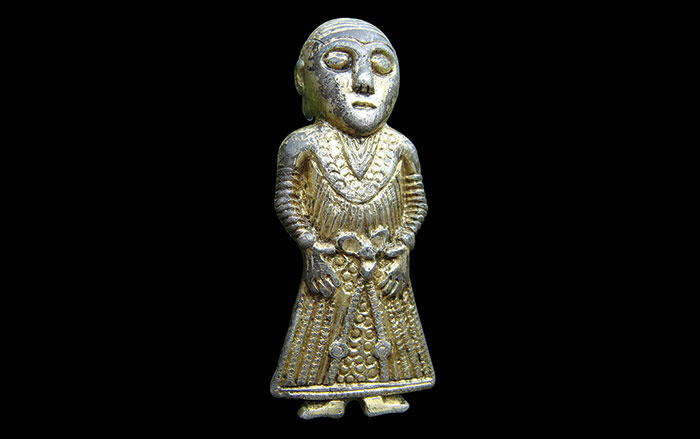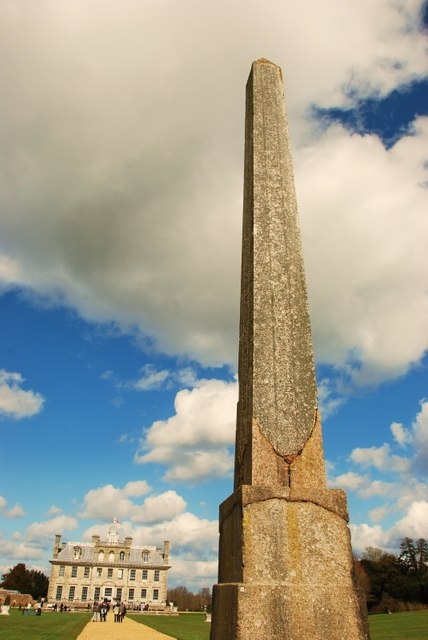
DORSET, ENGLAND—Modern imaging techniques are being used to examine the inscriptions on the Philae Obelisk, which was brought to the Kingston Lacy estate from Egypt’s island of Philae in the Nile by adventurer and collector William John Bankes. “The last time anyone made a good record of what was on this stone was in 1821 when a lithograph was commissioned to celebrate the obelisk’s arrival at Kingston Lacy,” Jane Masséglia of the Centre for the Study of Ancient Documents at Oxford University told BBC News. The new images show that the lithograph was accurate, and they illuminate parts of the Greek text that have always been difficult to see. Along with the Rosetta stone, the inscriptions on the Philae Obelisk—the repetition of the names of kings and queens in both Greek and Egyptian—provided clues that helped nineteenth-century scholars translate Egyptian hieroglyphs. “It gives us a good opportunity now to look at the relationship between the two inscriptions, to see if they’re talking about the kings in similar ways—because there’s the potential that they were appealing to different ethnic communities. You’ve got the hieroglyphs that are showing the king as a traditional pharaoh, and the Greek that might be saying something a little bit different to other people reading those inscriptions,” explained Rachel Mairs of both Oxford and Reading universities. To read about an unusual burial chamber in Egypt's Valley of the Kings, see ARCHAEOLOGY's "Tomb of the Chantress."


